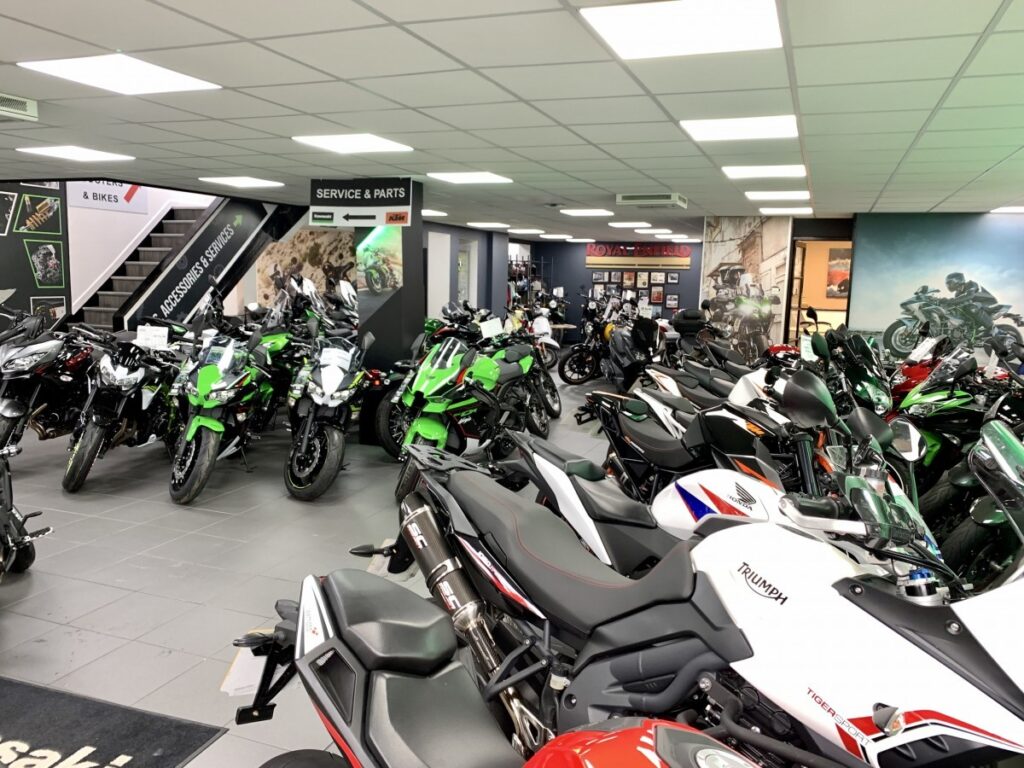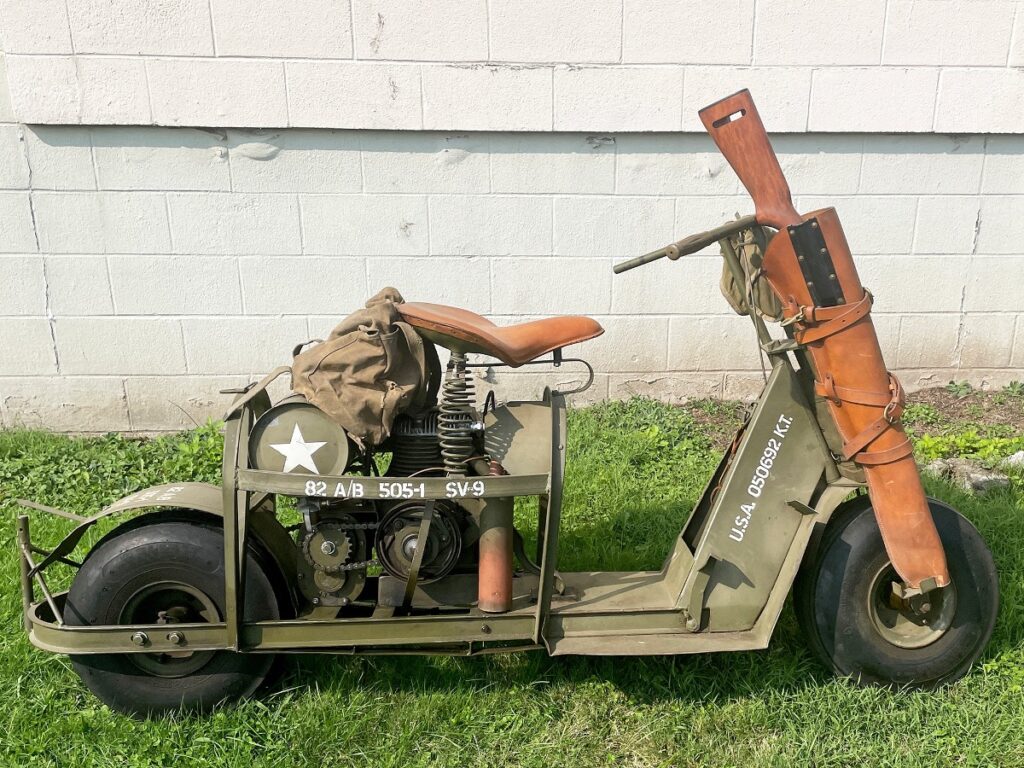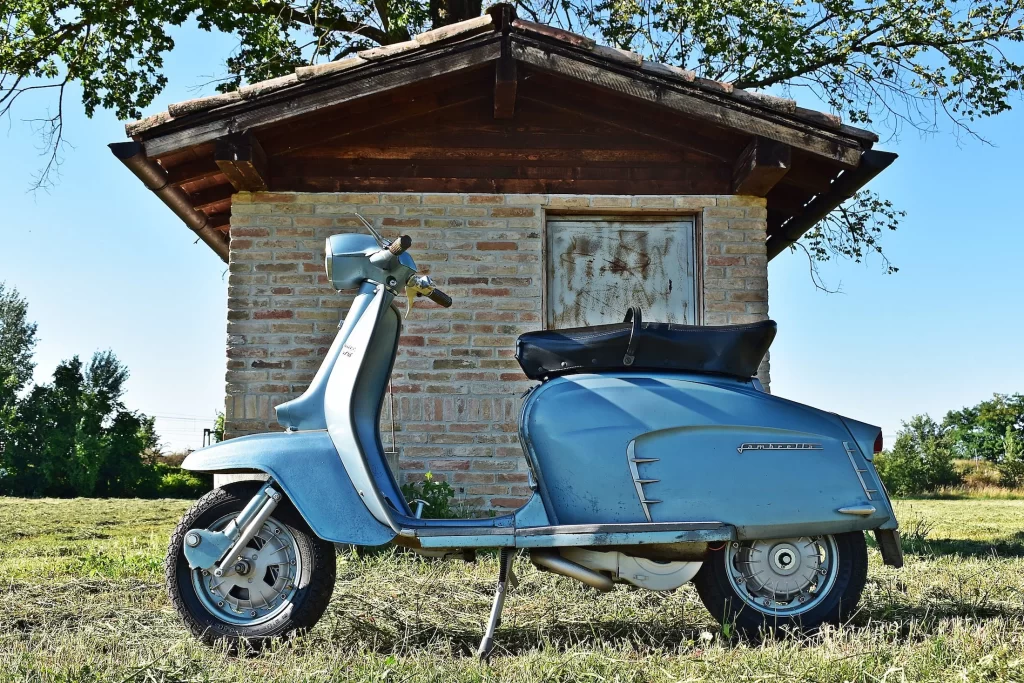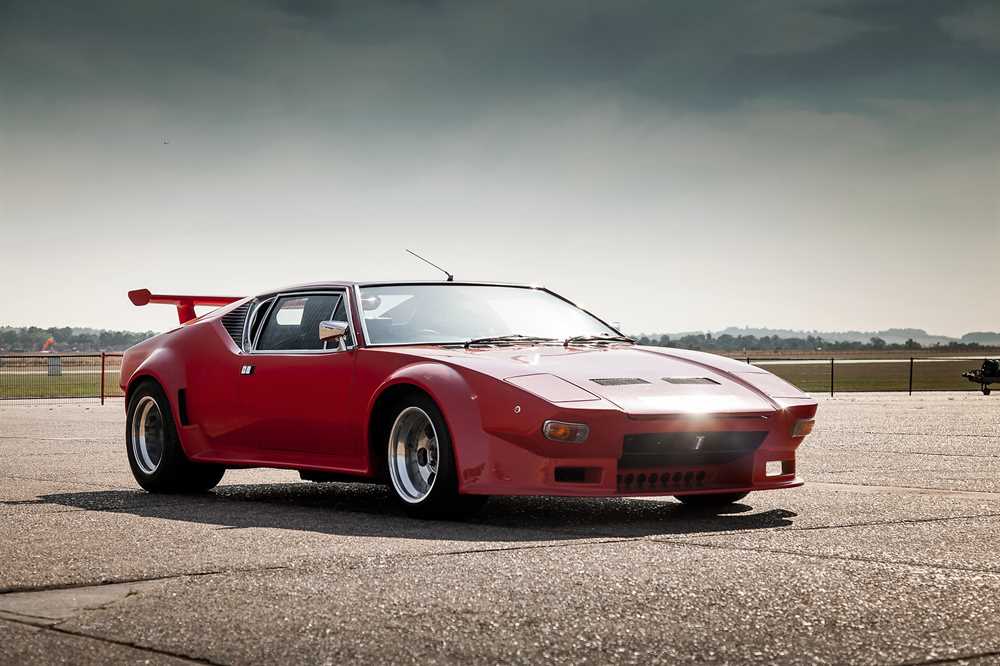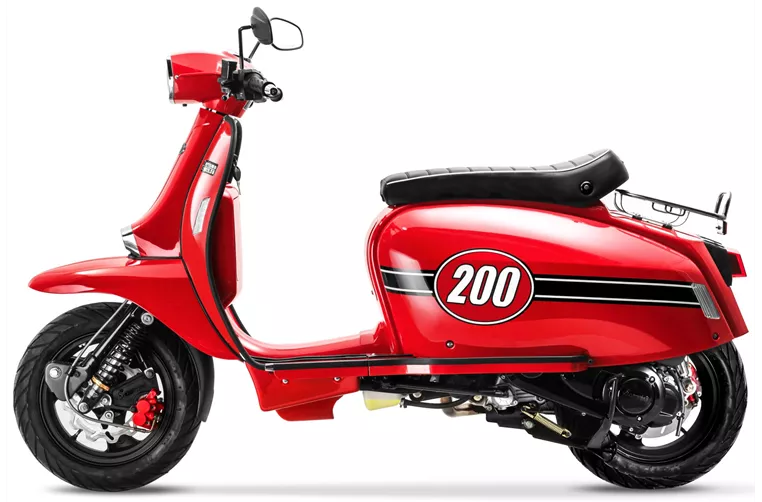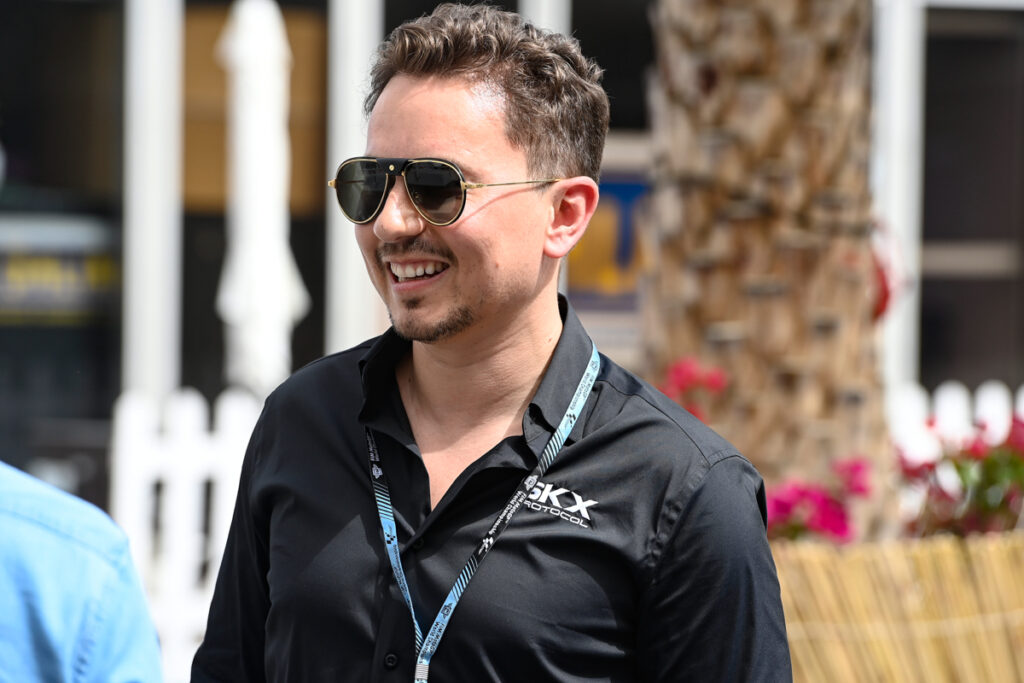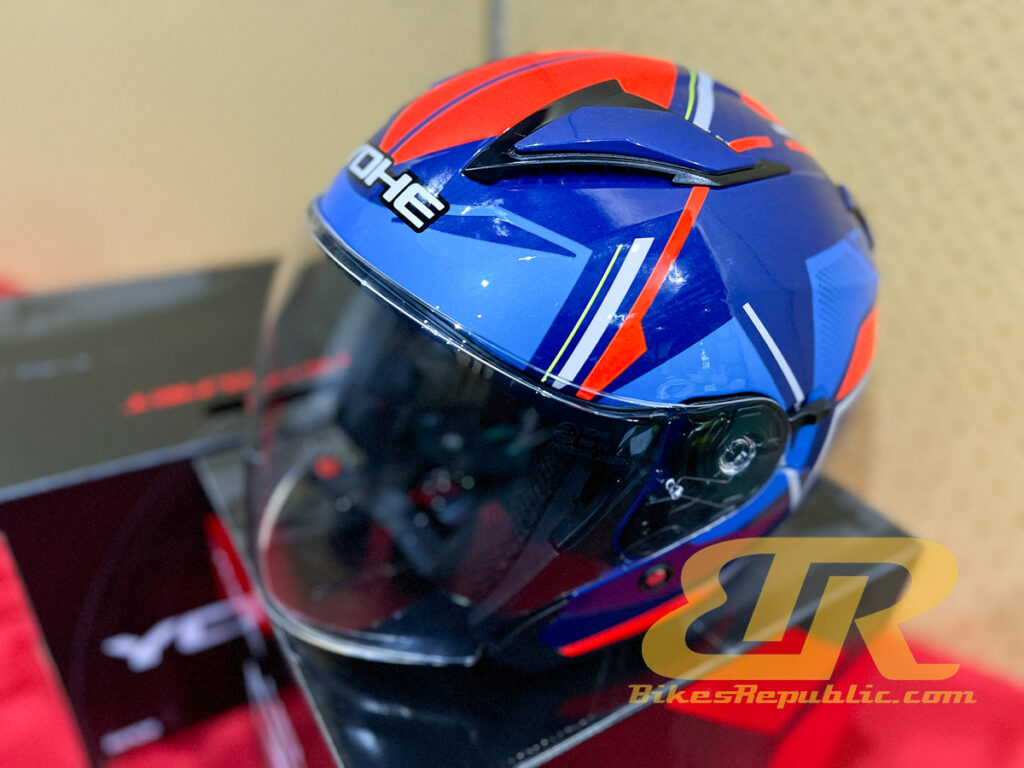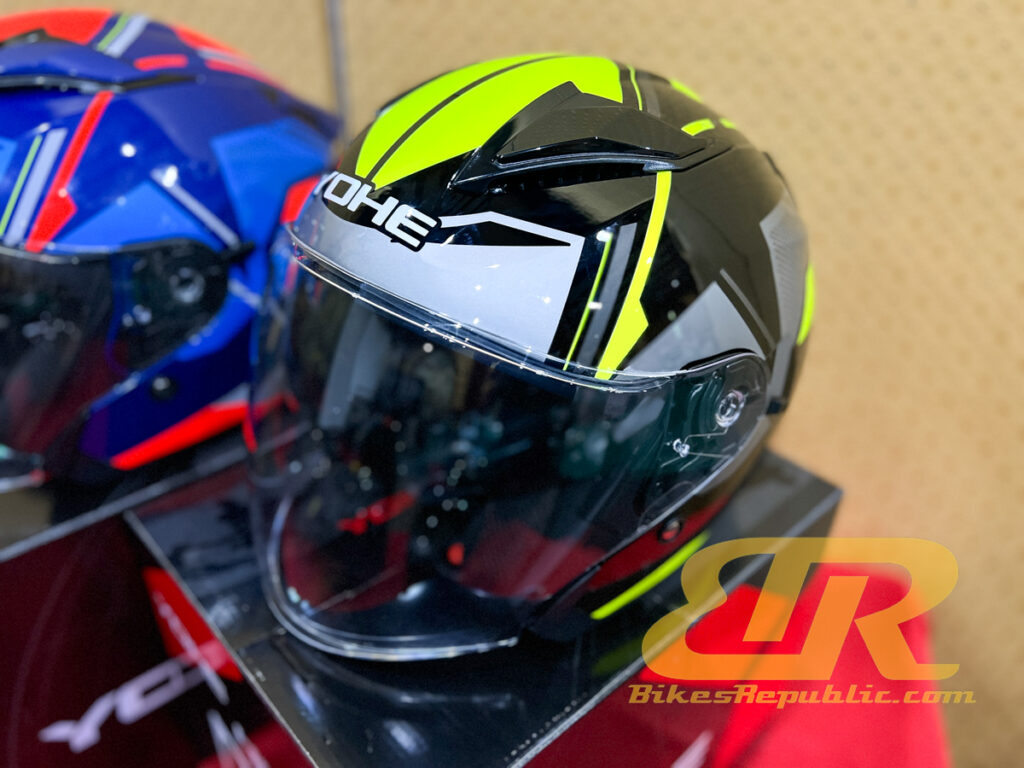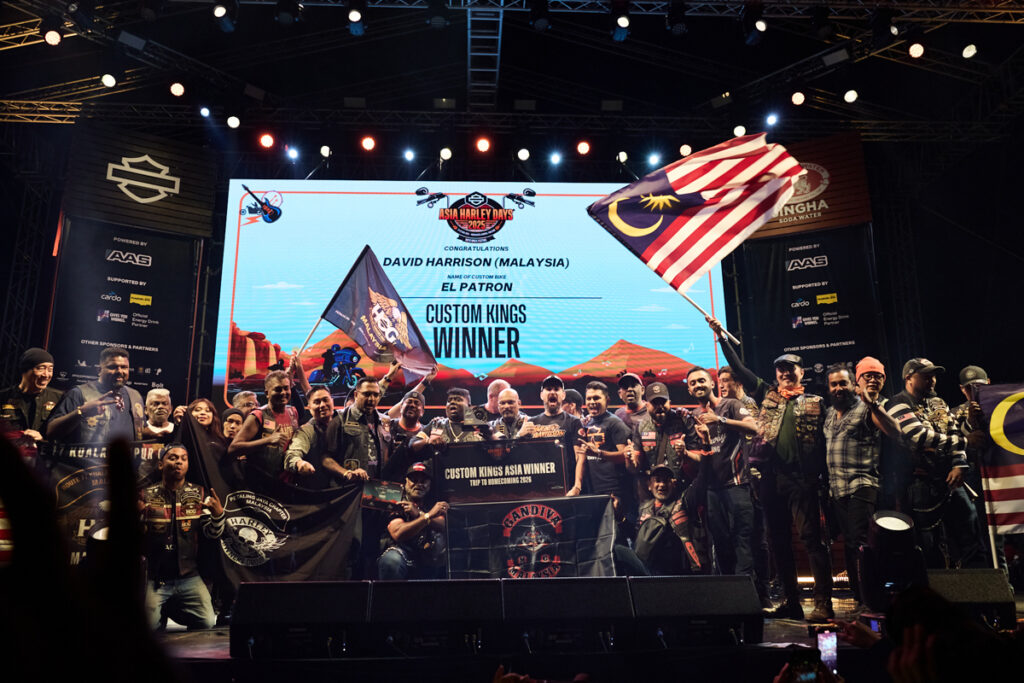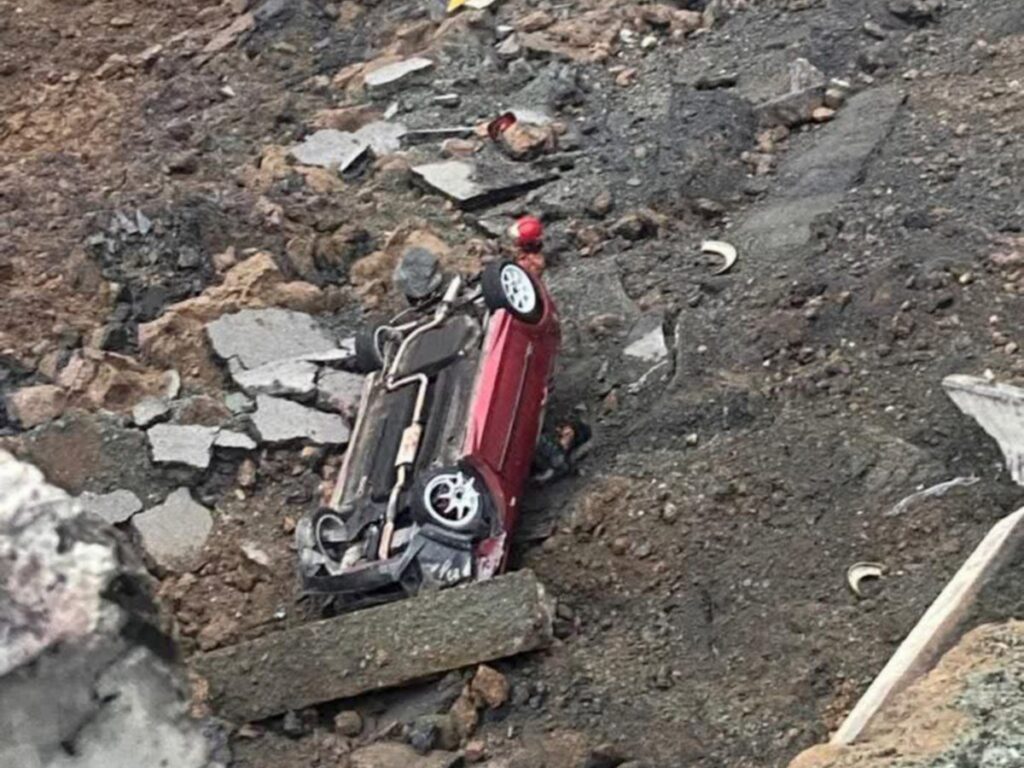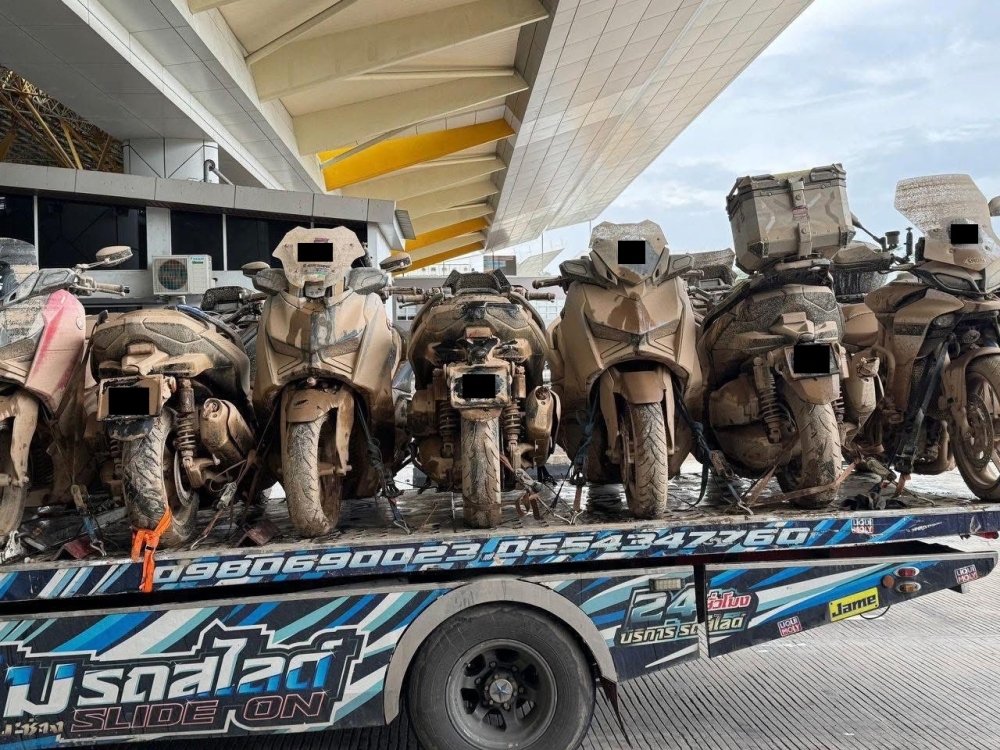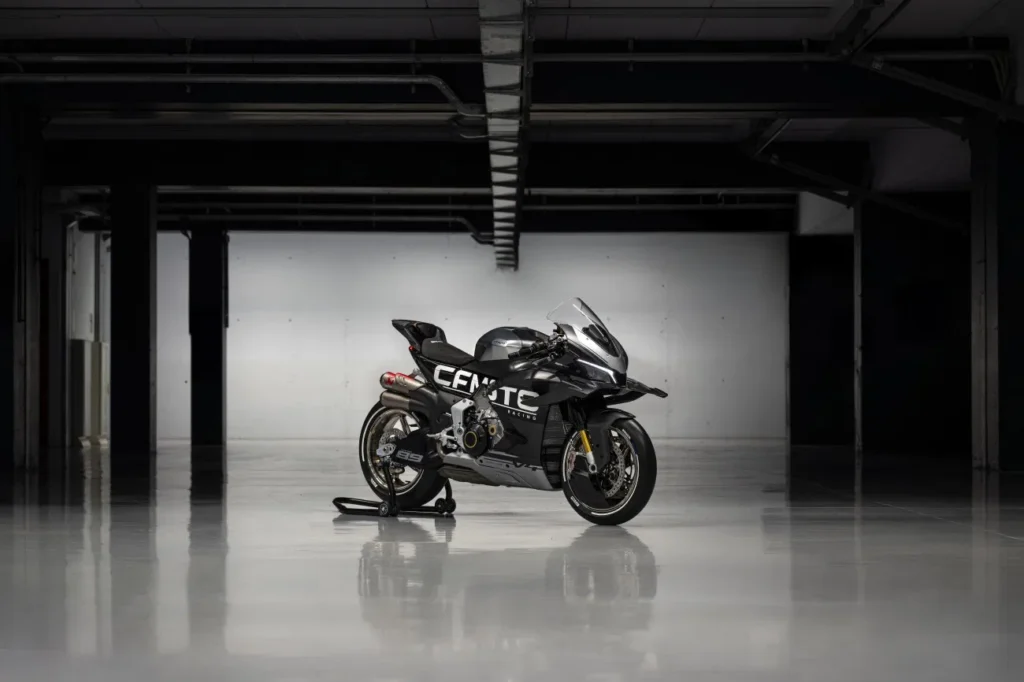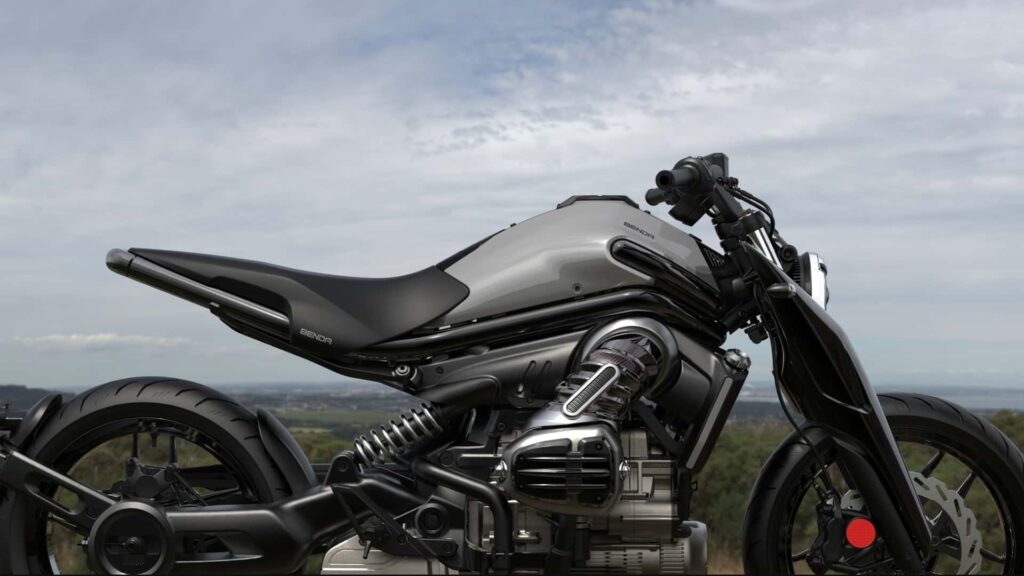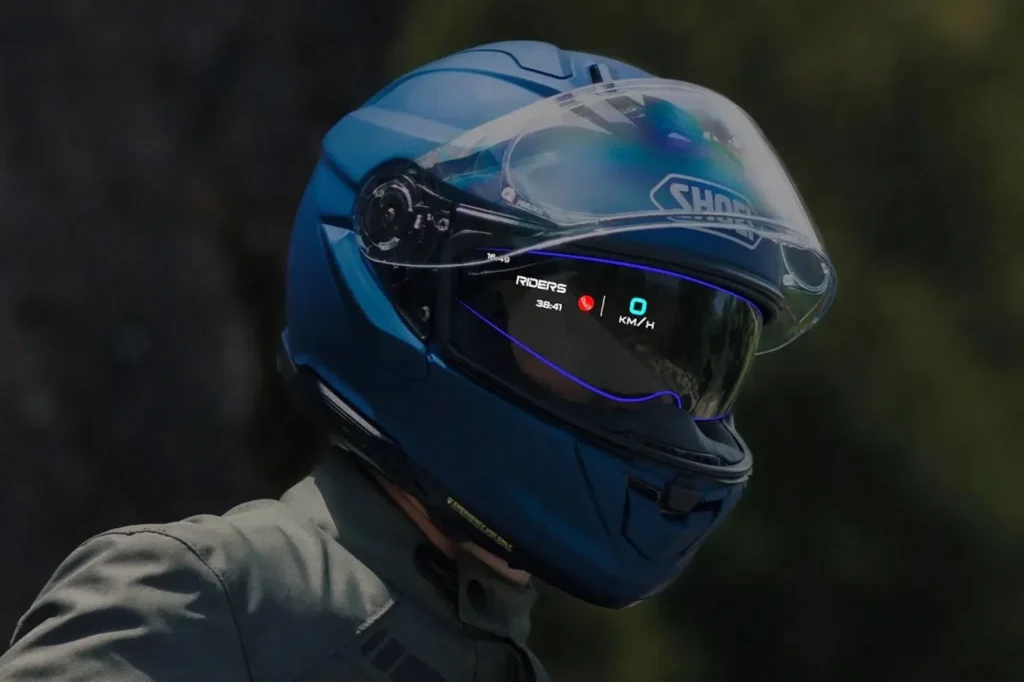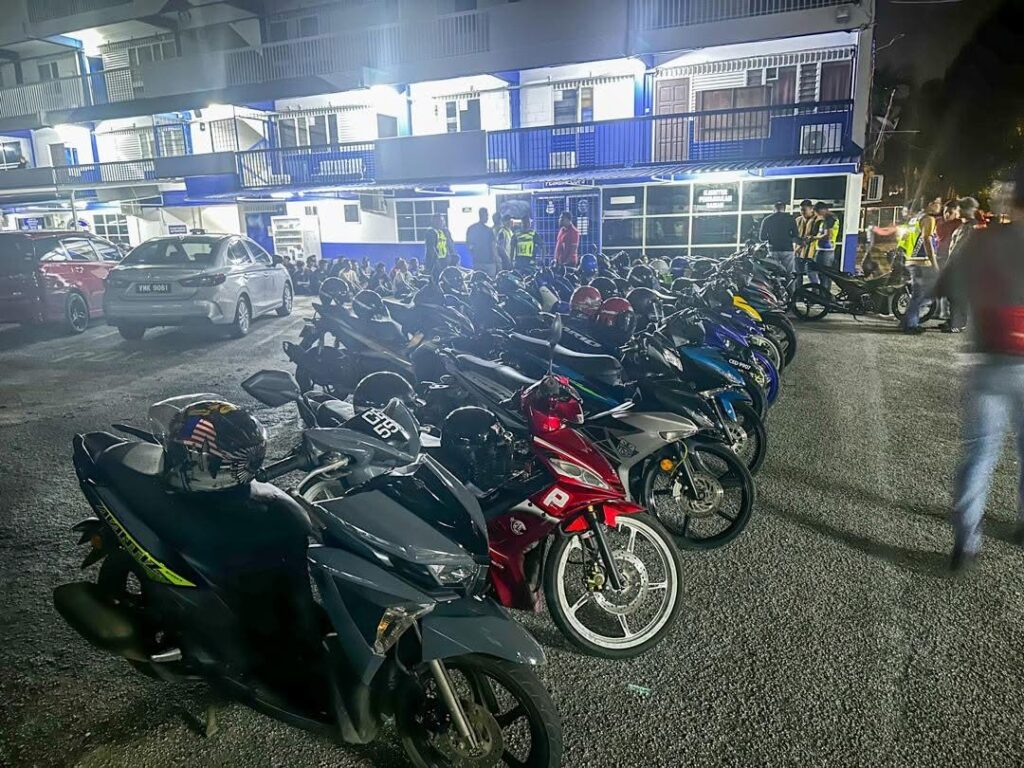It is true that riding in a convoy has its appeal such as camaraderie among friends who have the same love for motorcycles. However, there are times when riding solo is more fun. Everyone needs some time away, anyhow.
1. Alone with our thoughts

This is the main reason some bikers like to ride solo. It is time to get away from the toxic partner, the screaming kids, the unappreciative boss, etc., etc. Riding solo gives you a clarity of mind and who knows, you may discover the answer to that nagging problem.
2. No peer pressure
Peer pressure is real during group rides and it is not confined to riding fast, but also riding too slow. It is not uncommon for the faster riders to berate the slower ones (who chose to ride at a relaxed pace), or vice versa. We may even get riders who seem to challenge us to a race. Such group dynamics create a dangerous riding environment. Riding solo does away with peer pressure.
3. Our own pace and schedule
Riding solo means we ride at our own pace and adhering to our own schedule (or not). There is no one to harass us if we put on our gear slowly. Or stopping every few minutes. Or having to chase someone else’s schedule.
4. Stop whenever we want

We decide when we want to stop. Or pull over whenever you see a beautiful view such a sunset. Or a green carpet of paddy fields. Just stop, take in the view. No one will complain.
5. Start whenever we want
As much as we like taking our own time, we also hate those who take too much of our time. Strange but true, is it not? We will ALWAYS find that one friend who takes forever to gear up (only to stop the entire convoy because he forgot something). Or that guy who needs to stop and pee every 15 minutes. Or the group that constantly stops to eat even before the engine is anywhere near lukewarm. So instead of taking 4 hours to reach your intended destination, it took 8 hours. The answer? Ride solo.
6. Idiot riders
Sometimes riding in a group sets a rider’s ego loose to show off such as pulling wheelies. Or teasing the local ladies and earning the ire of the residents (It actually happened on one of our trips to Thailand!). Or some guys who decided to go another way, getting lost, and holding up the entire group by hours as we go look for them while they look for us.
7. Safety

The safety aspect is derived from not riding with idiots. We can mitigate our own risks instead of putting our lives and limbs in the hands of others. You may get one rider who constantly speeds up then slotting in, another rider who insists of riding several centimetres from you like as if it is a Blue Angels’ display. Ride solo and ride relaxed rather than worrying about the safety of the others and ours.
8. Change of mind
Imagine riding and you suddenly get a craving for food you have not eaten for some time. Or decide to spend the night in a nice town that appeals to our fancies. Just do it because you do not need to consult with anyone.
BONUS: Practice your riding skills
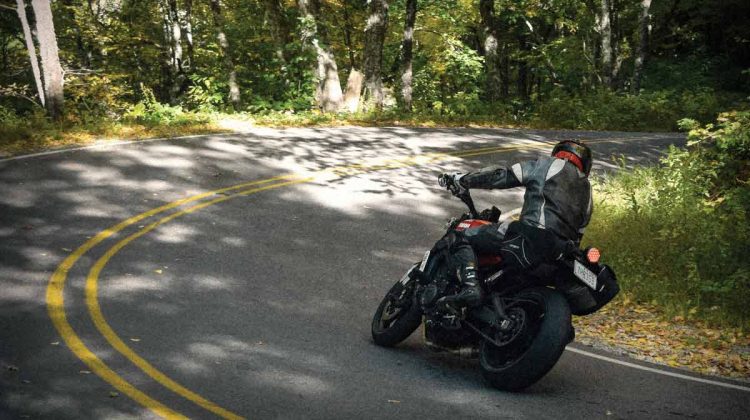
Trying to practice your skills during a group ride is not a smart thing to do since there are other bikes around. Also, we can bet there will be several others around to impart the wrong advice which would be detrimental to our riding and safety. Riding solo lets you practice your own skill sets.







